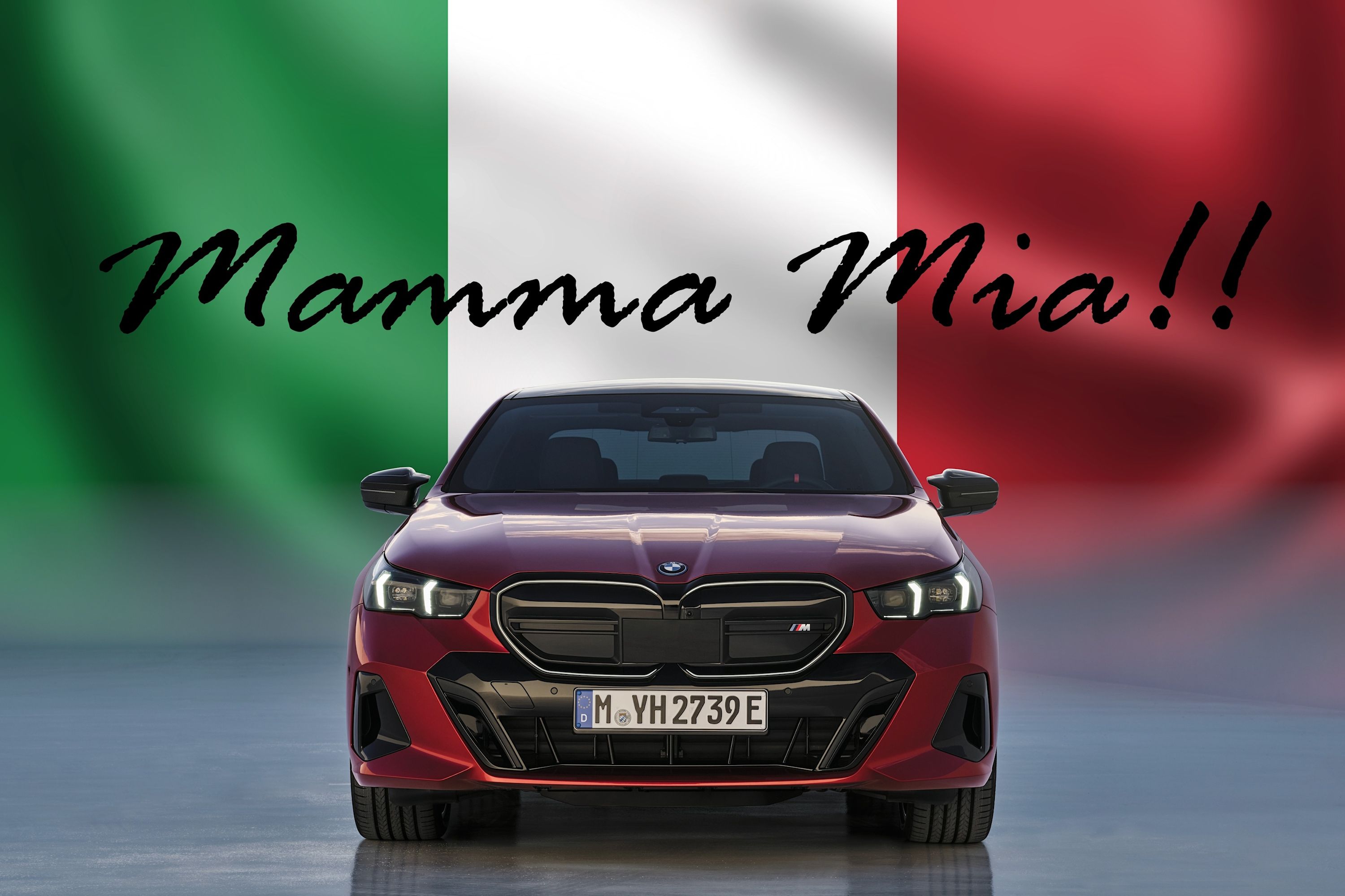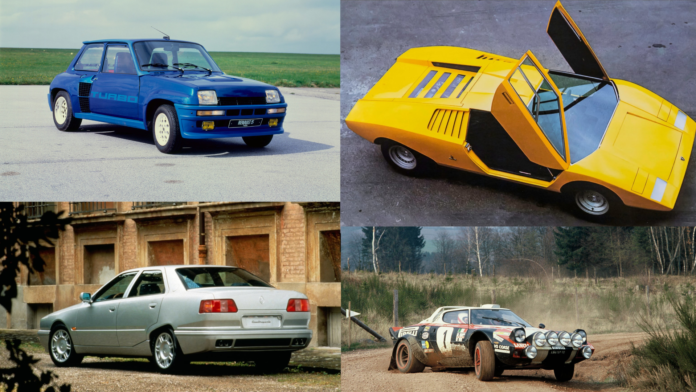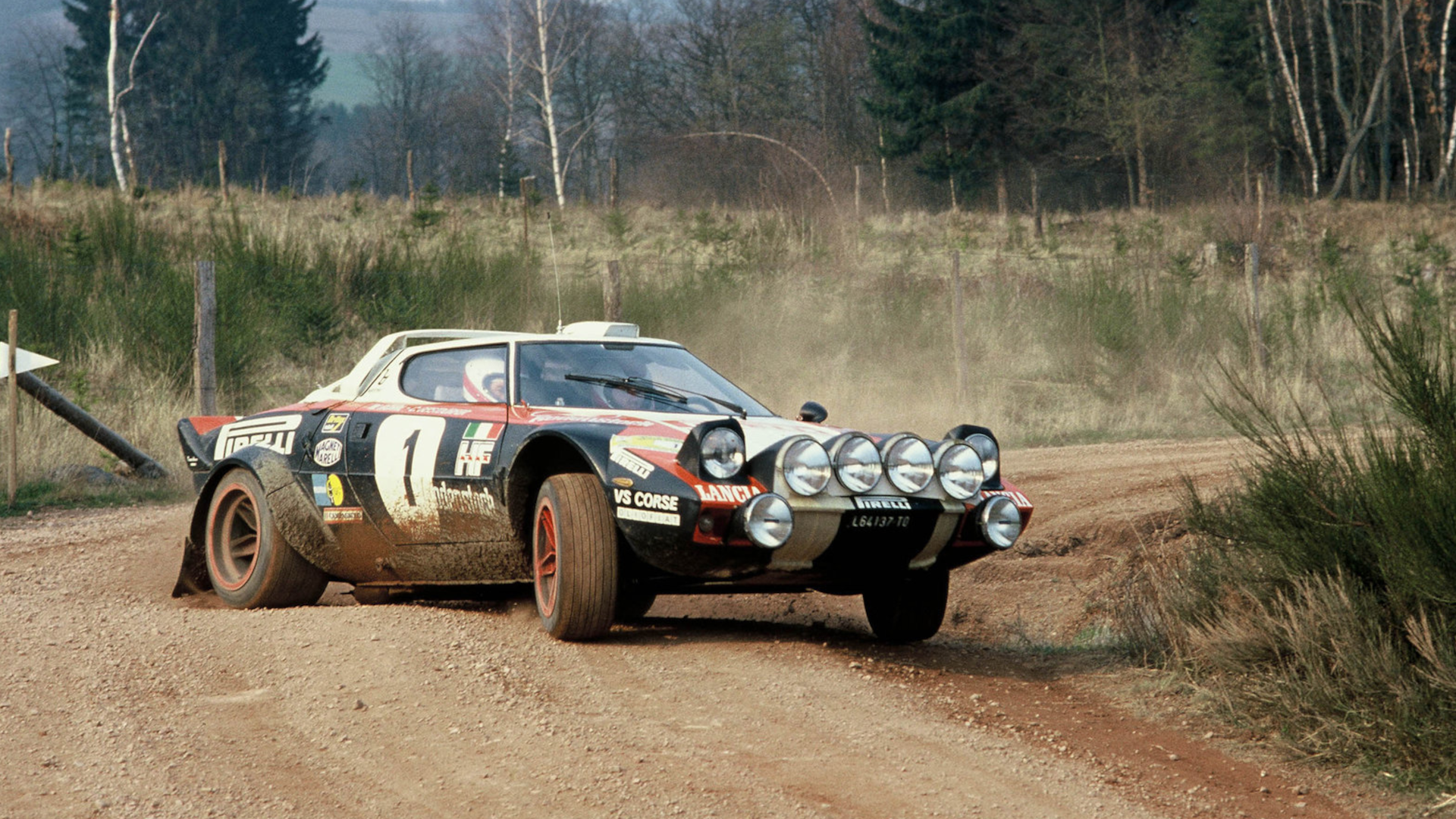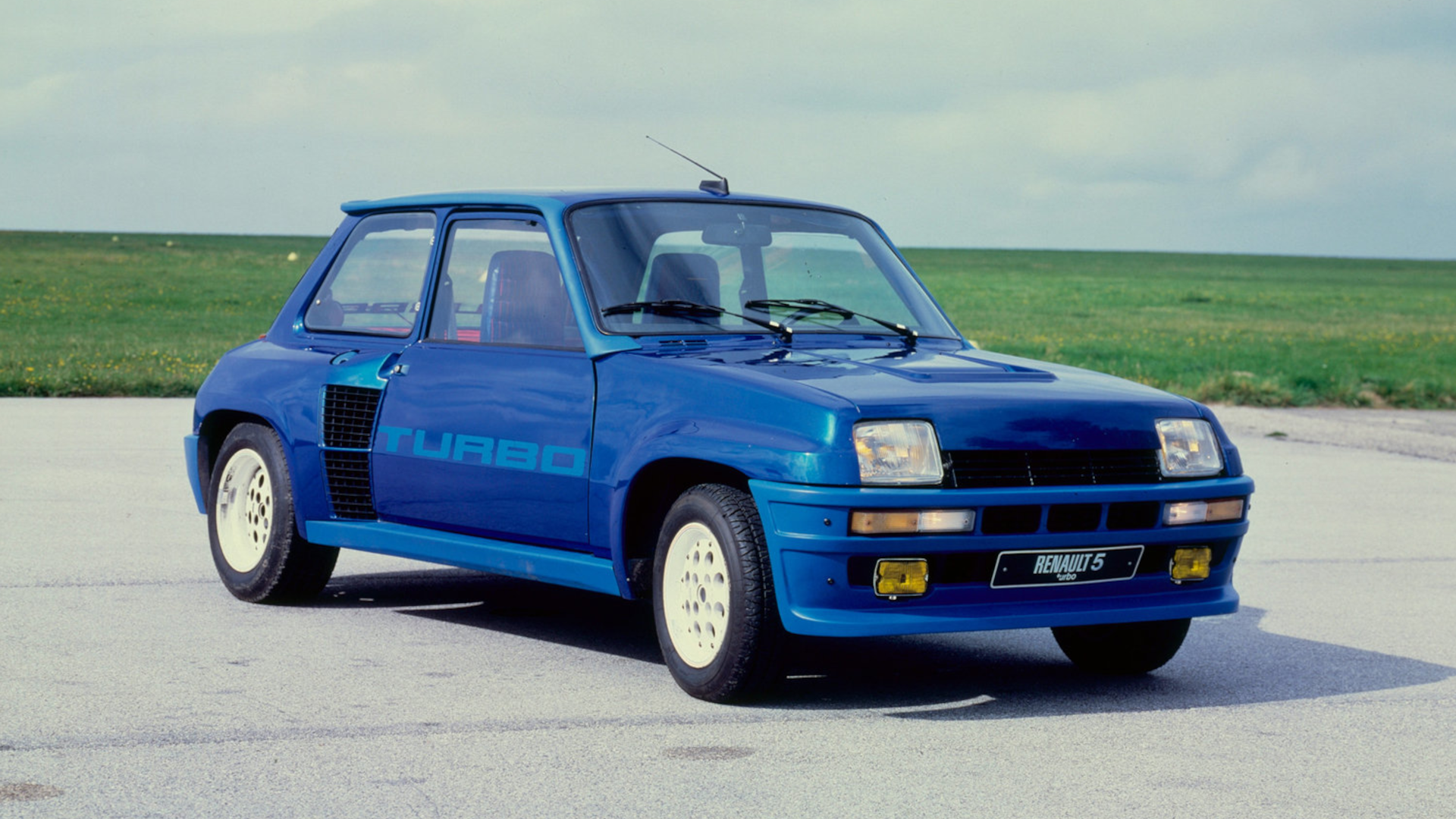Quick Links
- An Undeniable Influence On The Automotive Industry
Marcello Gandini, the designer of the world’s first supercar, passed away at the age of 85 last week, so as one always does when an icon is lost, we decided to take a closer look at his most extraordinary creations, choosing five that we thought best encompassed a lifetime of design excellence. You’ll soon be surprised to learn that while he was responsible for the first supercar, it wasn’t his most iconic design.
Gandini’s other supercar designs include the Lamborghini Diablo and Ferrari Dino 308 GT4. He also penned the De Tomaso Pantera SI and the Alfa Romeo 33 Carabo Concept, which continues to pop up at grand design displays to this day.
The Italian maestro did not limit himself to supercars, however. Even though he played a big role in the mid-engine supercar migration, it’s said that he personally preferred practical cars like the BMW 5 Series. It’s impossible to put his resume in one article, so before we dive into his most famous designs, there’s one important fact you should know: Gandini became Bertone’s head of design at just 25 years old, replacing Giorgetto Giugiaro. These days, car designers are lucky if they get to design a door handle at 25.
With that in mind, let’s look at Gandini’s career by dissecting five very different vehicles.
Lamborghini Countach
|
Engine |
5.0-liter V12 (LP500 Prototype) |
|
Power |
440 hp |
|
Torque |
330 lb-ft |
|
0-62 MPH |
Not Claimed |
The Miura may have been the first supercar, but the Countach was the first poster car. Those original posters of the white car with the non-functional massive rear wing are now also considered collectors’ items. Gandini famously said that he wanted to create as much sensation as possible when designing concept cars, and you can see hints of the Countach in the Alfa Romeo Carabo and Lancia Stratos Zero concepts.
The Countach debuted at the 1971 Geneva Motor Show, named the LP500 Concept. If anything, the concept was more sedate than the production car, but the wedge shape and scissor doors blew the crowds away. These wild doors have been copied many times, but the Countach will always have the distinction of being the first.
Related
Lamborghini Countach Designer Furious With New Countach
Marcello Gandini speaks his mind.
Gandini was also outspoken and famously called out Lamborghini for building the Countach LPI 800-4. “Courage, the ability to create a break without sticking to the success of the previous car, the confidence in not wanting to give in to habit were the very essence of my work,” said Gandini.
“It is clear that markets and marketing itself has changed a lot since then, but as far as I am concerned, to repeat a model of the past, represents, in my opinion, the negation of the founding principles of my DNA.”
So, not a fan of the modern Countach, of which only 112 were planned and sold out before production even started.
The story behind the Countach name is also quite interesting. Gandini revealed that one of the people who worked on the car would often use the word “countach” to express both anger and admiration for the prototype. The rest of the team started referring to the vehicle as the Countach, and the name stuck after Gandini asked Bob Wallace (the lead engineer) whether it worked. Obviously, it did because Countach is one of the most recognized car names ever.
Lancia Stratos
|
Engine |
2.4-liter V6 |
|
Power |
188 hp |
|
Torque |
166 lb-ft |
|
0-62 MPH |
6.8 seconds |
Gandini worked on the Stratos and the Countach at the same time, and you can see a lot of the Countach in the Stratos concept. That said, the briefs for the Countach and the Stratos were completely different. The Countach was meant to shock and awe, while the Lancia was built to go racing.
The Stratos came along well before the introduction of the mighty Group B Audi Quattros. It won the 1974, 1975, and 1976 World Rally Championship titles back to back, and Gandini partially played a role in its success. Lancia wanted something small with enough room for a rally driver and a navigator, but the engine had to be mid-mounted behind the cockpit, and it had to have rear-wheel drive. Gandini hit this brief in a car with an 85.8-inch wheelbase. The production car weighed 2,161 pounds, while the Group 4 WRC spec tipped the scales at 1,940 lbs.
It was like a Countach but shrunken down so it would work on the tight European rally stages. Having the Dino V6 mounted at the rear meant extra weight on the rear tires, resulting in extra grip.
This was as high-tech as it got back then and the next big development in the sport only came along when Audi introduced quattro permanent all-wheel drive in 1981.
E12 BMW 5 Series
|
Engine |
3.5-liter inline-six (M535i) |
|
Power |
218 hp |
|
Torque |
229 lb-ft |
|
0-62 MPH |
Not claimed |
Gandini designed the 1970 BMW Garmisch Concept, which eventually evolved into the E12 first-generation BMW 5 Series. It was the first production BMW with an inward slanting nose, colloquially known as the sharknose. This design element would go on to feature in the first generations of the 3 Series, 6 Series, and 7 Series.
The E12’s impact on BMW design is impossible to understate as it would impact nearly 20 years of corporate DNA. BMW even recreated the original Garmisch Concept in 2019. When unveiled, Adrian van Hooydonk, senior vice president of BMW Design, said, “Marcello Gandini, to me, is one of the grandmasters of car design, and his cars always have been an important source of inspiration for my work.”

Related
The 2024 BMW 5 Series Is More Italian Than Ever Before
BMW claims the 5 Series and i5 have an “Italian design,” but the Italian roots run way deeper than you might think.
Renault 5 Turbo
|
Engine |
1.4-liter turbocharged four-cylinder |
|
Power |
158 hp |
|
Torque |
168 lb-ft |
|
0-62 MPH |
8.2 seconds |
The World Rally Championship was the best race on Sunday sell on Monday marketing trick of the 1970s and 1980s. Most of Group 4 (later renamed Group B) WRC cars were based on humble vehicles like the Peugeot 205, MG Metro, Citroën BX, and the Audi Quattro. The Renault 5 was a hatchback built for the masses, yet it had funky styling thanks to Michel Boué, who designed the car in his spare time.
For marketing purposes, Renault needed a model to compete in the WRC, and the front-engine, front-wheel drive car would not get the job done, especially in Group B. To make the Renault 5 competitive, the French copied the Italians’ homework. Well, is it really a copy if you get the original artist in for the redesign?
Gandini was not the original designer of the Renault 5, but he was credited for designing the Turbo. The Turbo was so radical that it needed a complete overhaul. The engine was turbocharged and moved to the rear because Renault noticed the grip provided by a mid-engine layout. Gandini was commissioned to pen the radical redesign, which required cooling ducts and wheel arches to cover the massive rear track.
This was back when a manufacturer still needed to build homologation cars to go racing, and Renault built just 13 units shy of 5,000 Turbos. You can expect to pay $160,000 for a pristine unit these days.
Maserati Quattroporte
|
Engine |
3.2-liter twin-turbocharged V8 |
|
Power |
330 hp |
|
Torque |
332 lb-ft |
|
0-62 MPH |
5.8 seconds |
Gandini designed the second and fourth-generation Quattroporte sedans. The most interesting of the two is the 4th gen car because it was much smaller than the previous models. Maserati was in trouble and couldn’t design an all-new platform, so the AM337 was built on a stretched Biturbo platform.
You can see the difference in the curb weight. First to third-generation Quattroportes all weighed between 3,800 lbs to 4,000 lbs. The fourth-gen model weighed just 3,400 lbs, which isn’t bad for a performance sedan from the 90s. The top-spec model was also equipped with a 3.2-liter twin-turbocharged V8.
The Gandini design was clean, lightly resembling an Aston Martin Vantage from the front. The rear was unspectacular, apart from the aggressive quad tailpipes. That being said, the fourth generation is not the prettiest. The Quattroporte V, introduced in 2003, was a design masterpiece thanks to Pininfarina.
An Undeniable Influence On The Automotive Industry
Gandini proved that he wasn’t a master of only one style. He could adapt his penmanship to suit a supercar, a race car, or a humble family sedan, and his catalog of over 55 cars, concepts, and prototypes is proof that the man was hugely influential in automotive design. Hailed by everyone across the industry as a master of his craft, Gandini’s passing leaves a hole in an industry which now more than ever could do with an injection of style.



